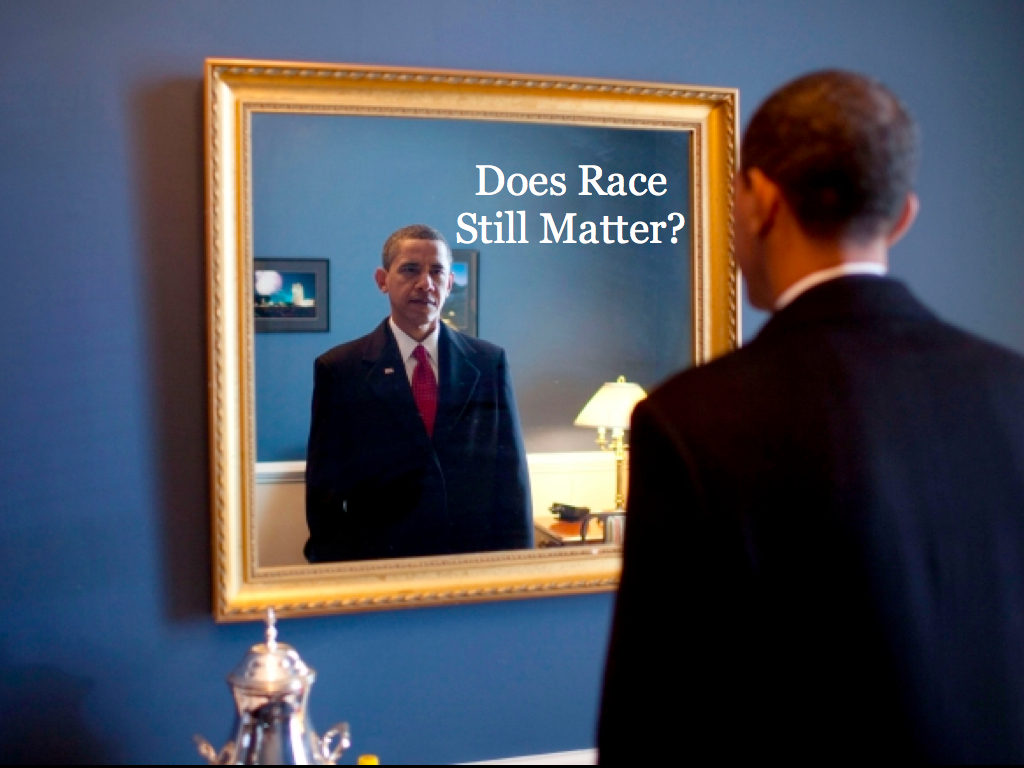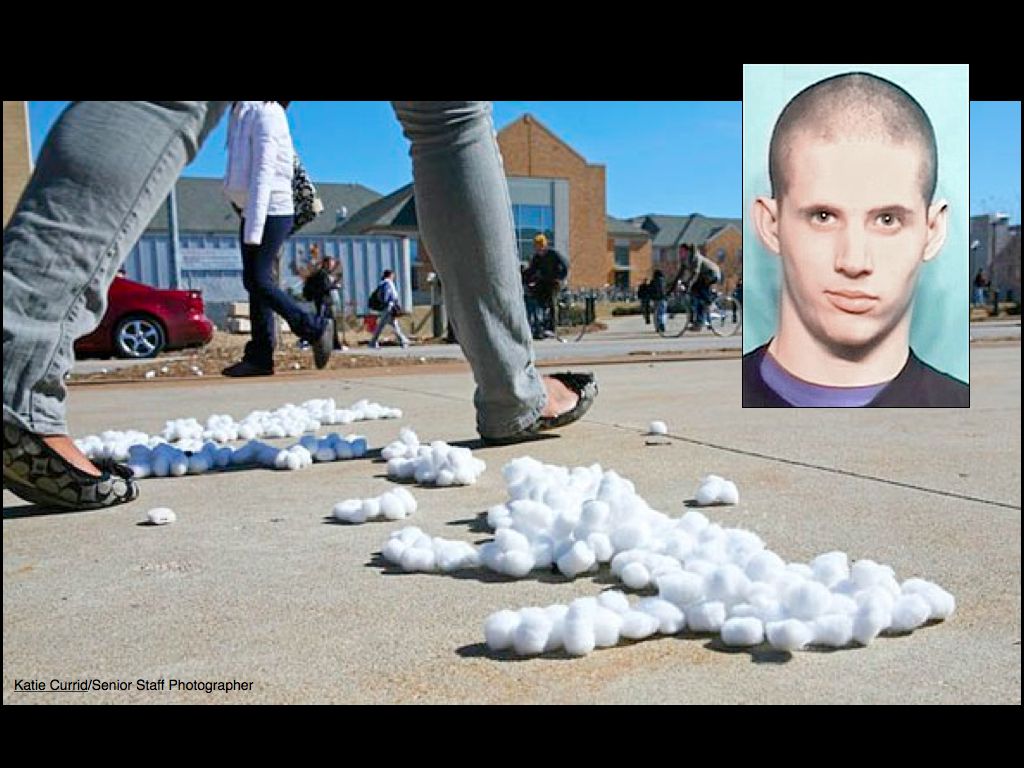 photo: whitehouse.gov
photo: whitehouse.gov
Does race still matter? This is my day one question for students in my race & ethnicity courses. Many students walk into my class on the first day thinking that racism, prejudice, and discrimination are issues that were solved in the 1960s. Students have said to me, “How much racism can there be if we have a black president?” While I see this line of thinking more often from my white students, I have had numerous students of color share this mindset.
Even students who believe and know that racism is alive with are typically unaware of the numerous current events that many feel are clear examples of racism. Many students are surprised to hear that this February two ROTC students spread cotton in front of the Black Culture Center at Missouri University to mock Black History Month. Or that after a noose was hung in the UC San Diego library a fraternity put on a “ghetto themed” party called the “Compton Cookout” where guests were invited to dress like thugs and “Nappy Headed Hoes.”
Many students are surprised to hear that this February two ROTC students spread cotton in front of the Black Culture Center at Missouri University to mock Black History Month.
I have developed a lecture that shows students how race and racism are still issues at the national, state (NE), and local level (Lincoln). All of the news events at the national level are from the last 6-12 months. I use data from the Kids Count to show students the poverty and graduation rates for the state by race & ethnicity. In Lincoln we are fortunate to have a chief of police who has blogged about the discrimination and hate crime issues we as a city face.
As we go through each of these news events and facts I say over and over again that I am not saying each of these events is evidence of racism. I am simply showing them examples of what others have called racist. This is crucial, because it avoids any debate about the incidents and it keeps students from feeling bullied or steamrolled. I ask my classes, “If racism is a thing of the past, why is it in the news so frequently?”
I wrap the lecture up by discussing how racism, prejudice, and discrimination affect us at an individual level. You can read more about this discussion in my post on the dichotomization of racism.
Below are the slides in Powerpoint and .pdf formats as well as the handout I give my students. The handout has links to all of the websites and youtube clips that the information came from. Please feel free to use these and if you have something to add send it my way
LectureSlids.pdf
LectureSlides.ppt (PowerPoint Version)
Fact Sheet Handout (Word Version)
Fact Sheet Handout (pdf Version)



Comments